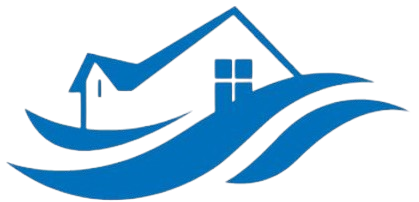Mold Damage Restoration from Leak in East Foothills, California
Possible Causes of Mold Growth in the Area
In East Foothills, persistent leaks often lead to hidden water accumulation inside walls, ceilings, and flooring. These leaks can originate from aging plumbing, roof damage, or appliances like water heaters and dishwashers. Over time, the continuous presence of moisture creates an ideal environment for mold spores to thrive.
Environmental factors also play a significant role. High humidity levels and poor ventilation in homes and buildings contribute to excess moisture. When combined with water leaks, these conditions substantially increase the risk of mold development. Recognizing these causes early is essential to prevent extensive property damage and health issues caused by mold exposure.
How Our Experts Can Fix Mold Damage from Leaks
Our team begins with a thorough assessment of the affected areas to identify the source of water intrusion and assess the extent of mold contamination. We utilize advanced moisture detection tools to locate hidden water pockets that may not be visible to the naked eye.
Once the source of the leak is contained and repaired, we proceed with targeted mold removal. Our certified technicians employ specialized cleaning agents and biocides to eradicate mold spores safely. We also implement advanced drying techniques, including industrial fans and dehumidifiers, to remove residual moisture and prevent future mold growth.
Our approach ensures that all mold-infested materials are properly treated or removed, restoring your property to its safe, pre-damage condition. We also advise on moisture control strategies to promote healthy indoor air quality and prevent recurrence. For swift, reliable mold damage restoration call us today at (888) 884-7150.
Why We Are the Best Choice for Mold Restoration
Our team has extensive experience in handling mold damage caused by leaks specifically in residential and commercial properties in East Foothills. We understand the unique challenges presented by local climate conditions and building structures, allowing us to tailor our services effectively.
We are committed to using the latest technology and OSHA-approved methods to ensure safe and thorough mold removal. We prioritize customer satisfaction by providing transparent communication throughout the entire process, coupled with fast response times. Our proven track record for excellence makes us your trusted partner for mold remediation needs.
Choosing us means selecting a team that cares deeply about your health and property. Our certified experts work diligently to eliminate mold and moisture issues, ensuring peace of mind. For professional mold damage restoration, contact us now at (888) 884-7150 for a free consultation and immediate assistance.
Frequently Asked Questions
How do I know if I have mold caused by a leak?
Mold typically presents as black or green patches on walls, ceilings, or hidden areas. A persistent musty odor or respiratory discomfort can also indicate mold presence. If you’ve experienced leaks or water infiltration, it’s wise to have a professional inspection.
Can mold grow after I fix the leak?
Yes, mold can develop if residual moisture remains in porous materials such as drywall or wood. Proper drying and mold remediation are necessary to ensure mold does not return after repairs.
How long does mold removal take?
The timeline depends on the extent of the contamination. Minor mold issues may take a day or two, while extensive cases could require a week or more. Our experts work efficiently to restore your property as quickly as possible.
Is mold damage covered by insurance?
Many insurance policies cover mold restoration if it is linked to damage caused by leaks or other covered incidents. Contact your provider to confirm your coverage and let us assist with the claims process.
What steps can I take to prevent mold growth?
Regular inspections for leaks, maintaining proper ventilation, and using dehumidifiers can significantly reduce mold risk. Promptly addressing water issues and keeping indoor humidity below 60% are also effective preventive measures.
